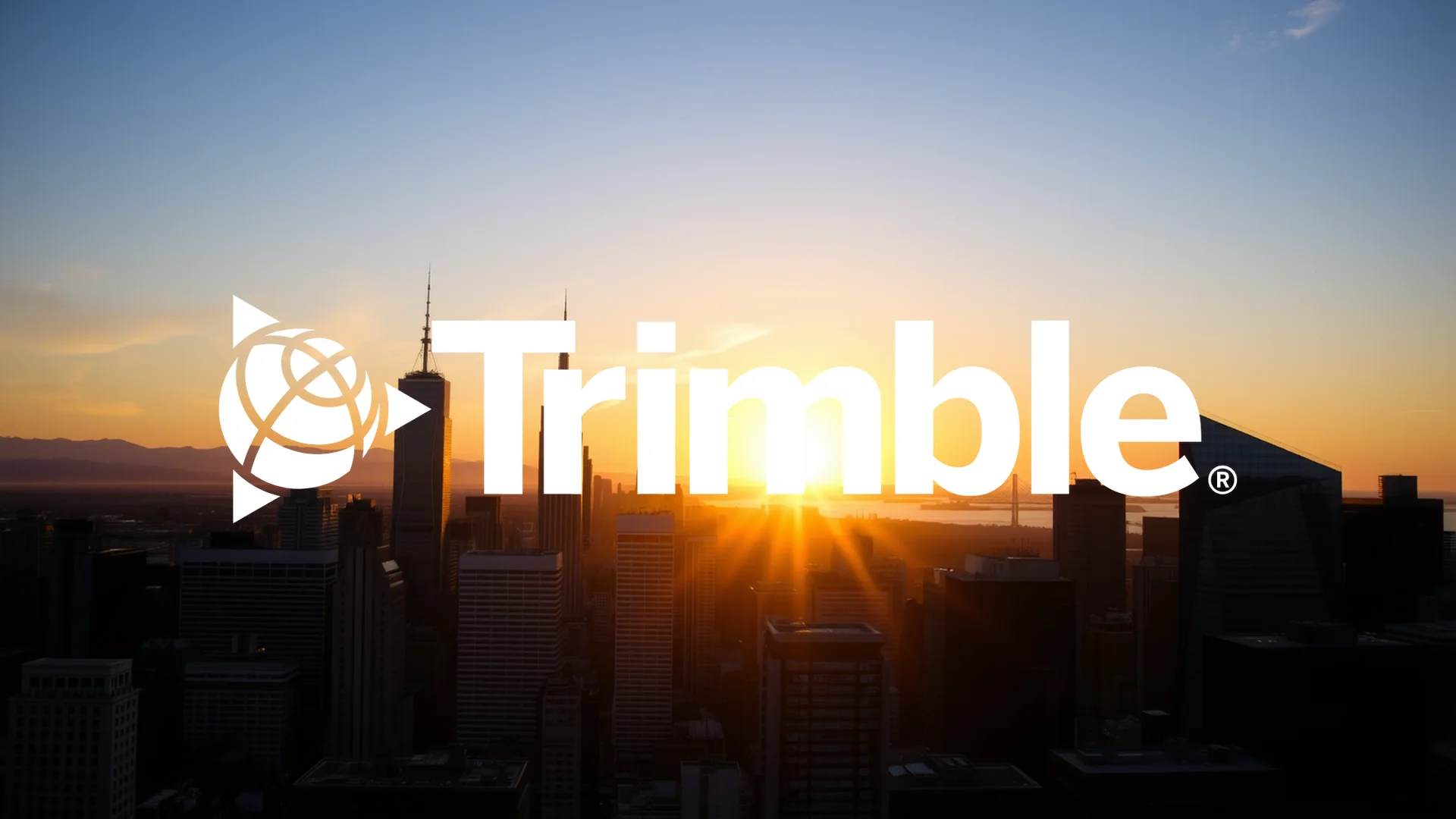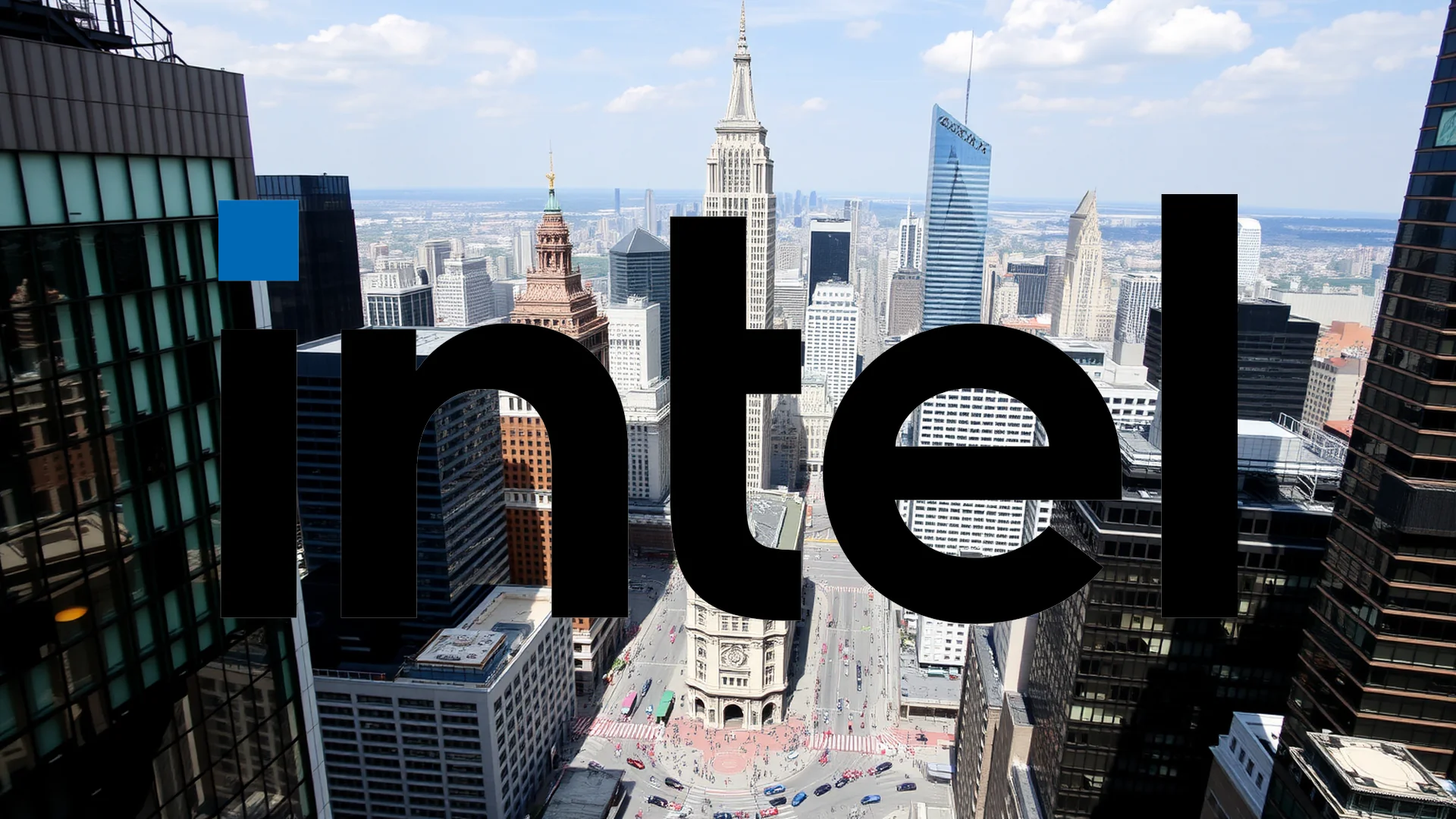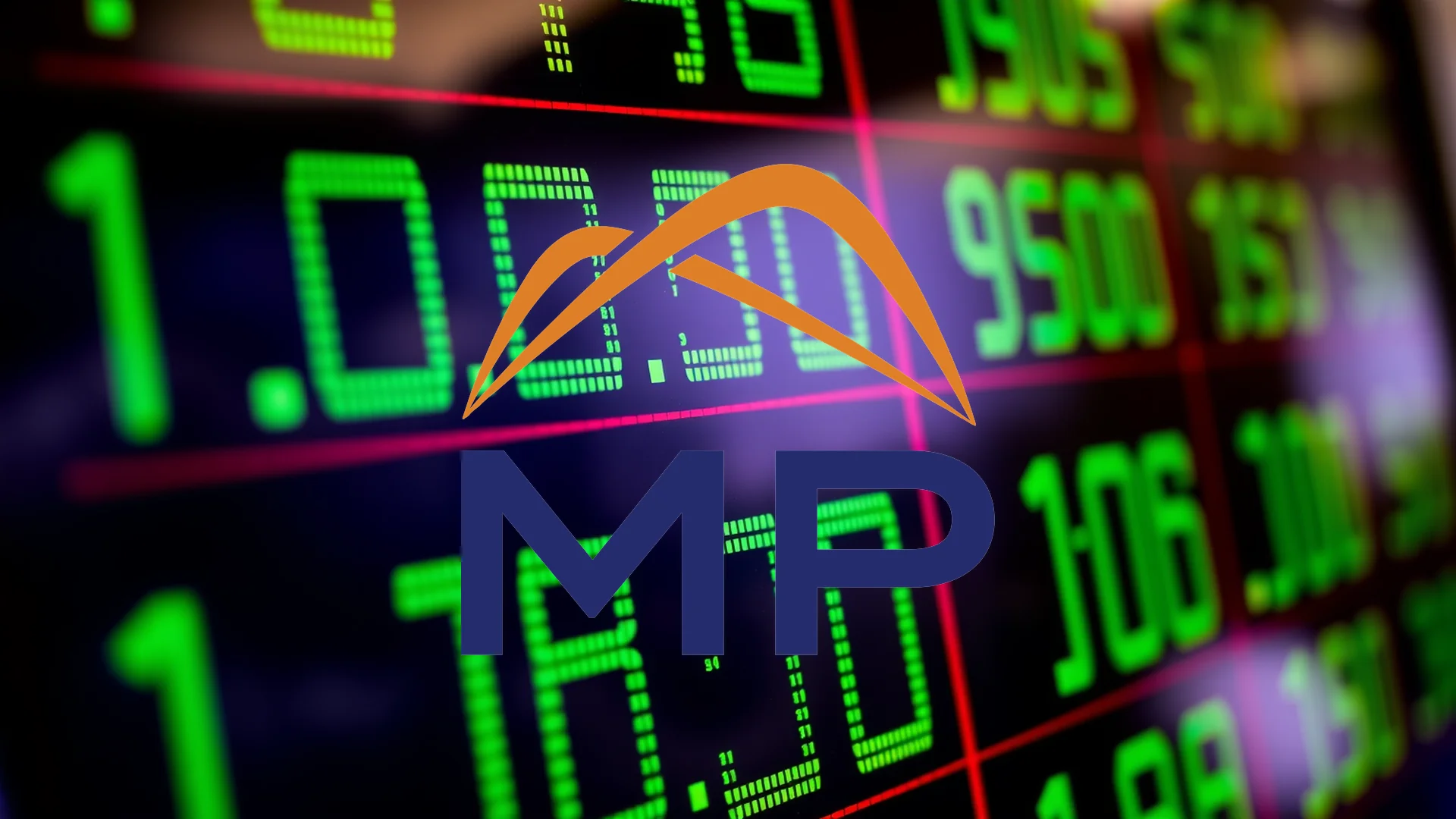Trimble Inc. presents investors with a complex puzzle. The technology company’s latest quarterly results for Q2 2025 revealed solid operational performance, including record subscription revenues. However, this strength is counterbalanced by significant insider selling and a sharp decline in profitability, creating a cloud of uncertainty over the stock’s future trajectory.
Strong Operational Performance Meets Profitability Concerns
The company’s recent financial metrics tell a story of two halves. Quarterly revenue reached $875.7 million, exceeding market expectations and showing modest year-over-year growth. More significantly, Trimble achieved a record annual recurring revenue (ARR) figure of $2.21 billion, demonstrating strong subscription momentum.
Despite these positive operational indicators, the profitability picture appears concerning. The company experienced a substantial 89% decline in earnings compared to the previous year. Additional fundamental weaknesses emerged through metrics such as a return on equity of just 2.74%, indicating potential challenges in efficiently generating profits from shareholder investments.
Leadership Actions Raise Questions
Recent activity among Trimble’s leadership has attracted market attention and sparked debate. CEO Robert G. Painter sold over 115,000 shares valued at approximately $9.6 million, effectively reducing his direct holdings by half. Director James Calvin Dalton similarly decreased his position by 4.2 percent.
Should investors sell immediately? Or is it worth buying Trimble?
These insider transactions stand in stark contrast to the behavior of institutional investors. Major funds including Maverick Capital and UBS Asset Management substantially increased their positions in Trimble during the first quarter, suggesting divergent views on the company’s prospects between internal and external stakeholders.
Technical Indicators Reflect Market Uncertainty
The technical analysis landscape mirrors the fundamental confusion surrounding Trimble shares. Chart patterns reveal conflicting signals—a “Bearish Engulfing” formation suggests near-term selling pressure, while a “Long Lower Shadow” indicates potential support levels and possible bottom formation. The stock currently trades slightly below its 50-day moving average, typically interpreted as a sign of continued weakness.
While several analysts maintain positive outlooks with price targets reaching as high as $96 per share, the overall market sentiment remains cautious. The discrepancy between insider selling activity and institutional buying, combined with strong operational results but weak profitability metrics, leaves investors questioning whether company executives possess concerning information that has not yet been reflected in the market price.
Ad
Trimble Stock: Buy or Sell?! New Trimble Analysis from December 19 delivers the answer:
The latest Trimble figures speak for themselves: Urgent action needed for Trimble investors. Is it worth buying or should you sell? Find out what to do now in the current free analysis from December 19.
Trimble: Buy or sell? Read more here...










